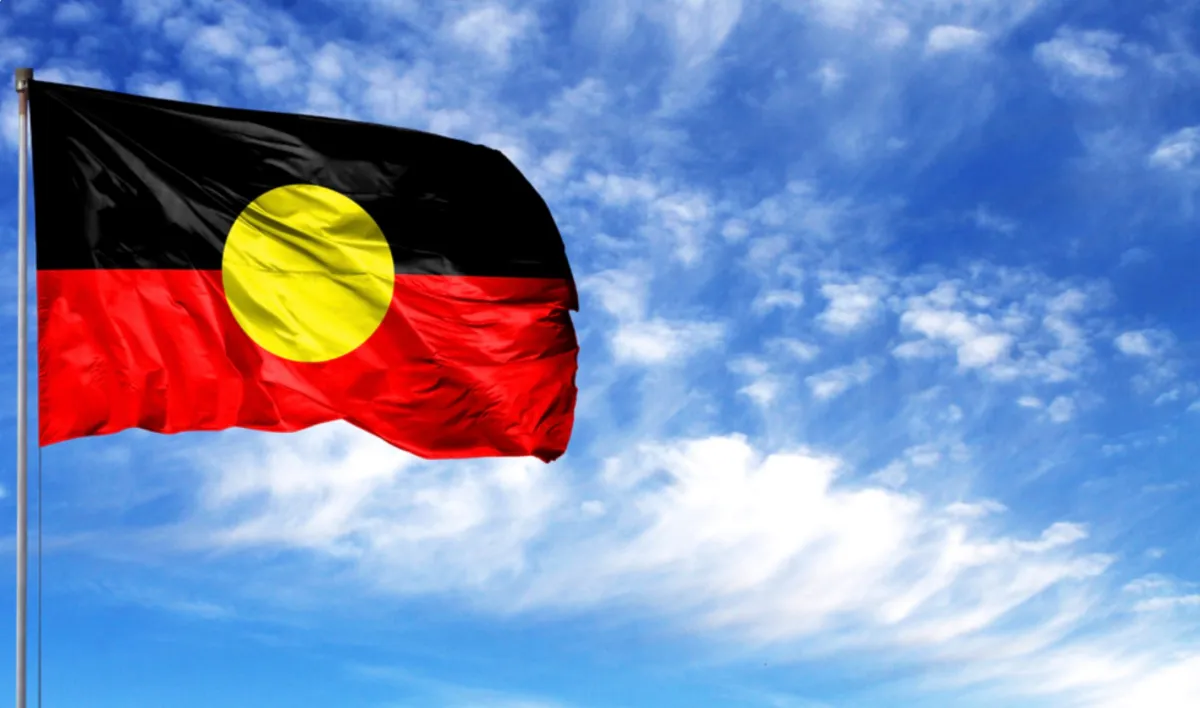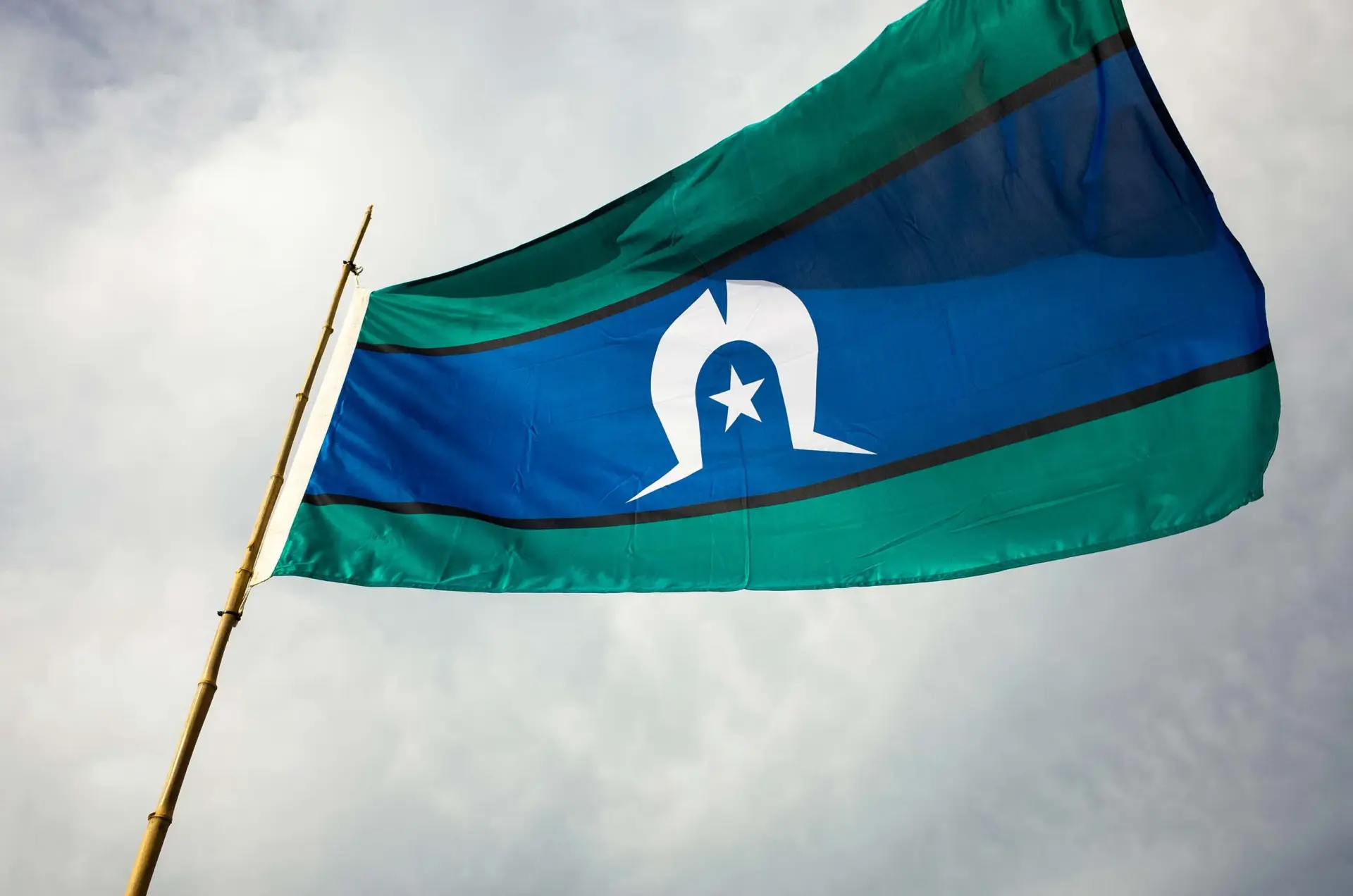Did you Know?
Surf Life Saving in Queensland boasts a rich history that spans over 100 years. Aboriginal and Torres Strait Islander peoples connection to the same beaches, waterways and skies where we deliver our life saving services, has existed for tens of thousands of years and continues to this day. We walk together on those same sands.
According to most recent ABS data Aboriginal and Torres Strait Islander peoples, represent 3.8% of the total Australian population.
The 2021 census estimates 237,303 Aboriginal and/or Torres Strait Islander peoples live in Queensland, representing approximately 4.6% of the population.
There are more than 250 distinct language groups among Aboriginal Australians, showcasing the diversity and cultural richness of First Nations people across Australia. 123 of these languages are in use today. 12 are spoken fluently within a community with the number of people who reported speaking an Aboriginal and/or Torres Strait Islander language on the rise between 2016 and 2021
symbolism of flags

Iconic Red and Yellow
In 1855 an International Code of Signals was introduced for ships at sea. The letter ‘O’ signalled ‘man overboard’ and was represented by a red and yellow flag divided diagonally. According to the National Museum of Australia, this was probably the inspiration for the surf lifesaving flags introduced in 1935. Before then, patrol flags were said to be blue and white.
Source: National Museum of Australia
Aboriginal Flag
Each flag has a different history, and in 1995 both were recognised as official flags of Australia under Commonwealth legislation.
The Aboriginal flag was designed by Harold Thomas, a Luritja man from Central Australia.
According to Thomas, the meaning of the flag is represented through:
Black: The Aboriginal people
Yellow: The Sun – the giver of life and protector
Red: The red earth – red ochre and a spiritual relationship to the land


Torres Strait Island flag
The flag was designed by the late Bernard Namok of Thursday Island. The meaning of the Torres Strait Islander flag is represented through:
Green: Land
Blue: Sea
White: Peace
Black: The Torres Strait Islander people
At the centre of the Torres Strait Islander flag is a Dhari (headdress) that represents the Torres Strait Islander people, and a five-pointed star that represents the five major island groups, and the role of navigation in this sea-faring culture.
Source: Reconciliation Australia
Welcome to Country and Acknowledgement of Country
What does it mean to be Welcomed to Country or conduct an Acknowledgement of Country? Understanding the origins and importance of these practices enriches their significance:
Welcome to Country
‘Being Welcomed to Country means that you are talking to your spiritual ancestors and you’re saying just let this person come through. We trust that they’re not going to do any harm on this Country and so do not harm them.’ — Jude Barlow, Ngunnawal Elder. A Welcome to Country can only be delivered by Traditional Custodians, who can speak for and welcome visitors to their homelands.
Acknowledgement of Country
Acknowledging when you’re on the land of Traditional Custodians is a sign of respect which acknowledges Aboriginal and Torres Strait Islander ownership and custodianship of the land, their ancestors and traditions. Both Indigenous and non-Indigenous people can show this form of respect.
Source: Australian Institute of Aboriginal and Torres Strait Islander Studies (AIATSIS)
The Meaning of Country
Country holds special Significance for Aboriginal and Torres Strait Islander people
The concept of “Country” in Indigenous cultures goes beyond physical land. As Professor Mick Dodson explains:
“When we talk about traditional ‘Country’…we mean something beyond the dictionary definition of the word. For Aboriginal Australians, we might mean homeland, or tribal or clan area and we might mean more than just a place on the map. For us, Country is a word for all the values, places, resources, stories and cultural obligations associated with that area and its features. It describes the entirety of our ancestral domains. While they may all no longer necessarily be the titleholders to land, Aboriginal and Torres Strait Islander Australians are still connected to the Country of their ancestors and most consider themselves the custodians or caretakers of their land.”
Source: Reconciliation Australia